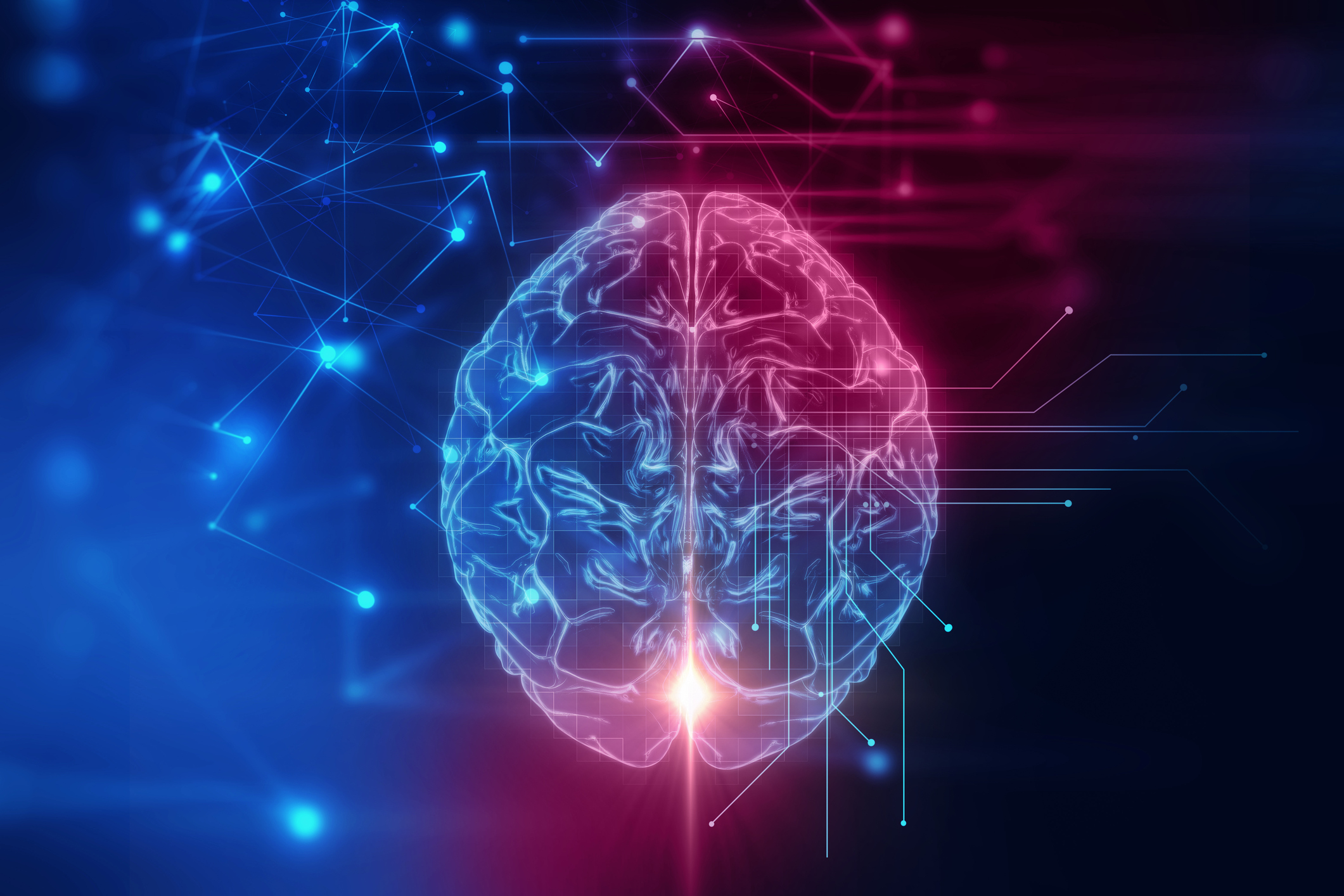#004 - Bystander Effect

General resource:
Gilovich, T., Keltner, D., & Nisbett, R. (2006). Social Psychology. W.W. Norton & Company.
Lilienfeld, S., Lynn, S., Ruscio, J., & Beyerstein, B. (2010). 50 Great Myths of Popular Psychology: Shattering widespread misconceptions about human behavior. London, United Kingdom: Wiley-Blackwell.
Specific:
What really happened to Kitty Genovese:
The Psych Files, Episode 36: Kitty Genovese: What Really Happened?
Latane, B., & Darley, J. (1970). The unresponsive bystander: Why doesn’t he help? New York: Appleton-Century-Crofts.
Latane, B., & Darley, J. (1968). Group inhibition of bystander intervention in emergencies.
Based on Research by Baruch Fischhoff, Ph.D. Psychology Science Minute written by Sarah Arnett, Psy.D.
Psychology Science Minute brought to you by the School of Psychology at Florida Institute of Technology, I’m Dr. Sarah Arnett.
It was initially reported in 1964 that Kitty Genovese repeatedly screamed as she was attacked, then murdered by Winston Mosely in front of her apartment building in New York but it was reported that none of the 38 witnesses came to her aid. Although upon later investigation, the number of witnesses and their inactivity may not be entirely true, it shocked the nation and it led to much social psychology research on the bystander effect and the likelihood of people intervening in an emergency.
When others are around, people are less likely to intervene due to a diffusion of responsibility. Each person present at an emergency may assume others will intervene leaving others to accept less responsibility for helping. Studies have shown that in emergency situations 75% of people who helped were alone compared to 53 % who were in the presence of others. Act first. Don’t wait for others to intervene.
So how can you increase your chances of getting help if you are ever in danger? First, make your need clear. Second, select a specific person to help you. This will overcome the major obstacles that prevent others from helping.
That’s your Florida Tech Psychology Science Minute. I’m Dr. Sarah Arnett.

 Give to Florida Tech
Give to Florida Tech 